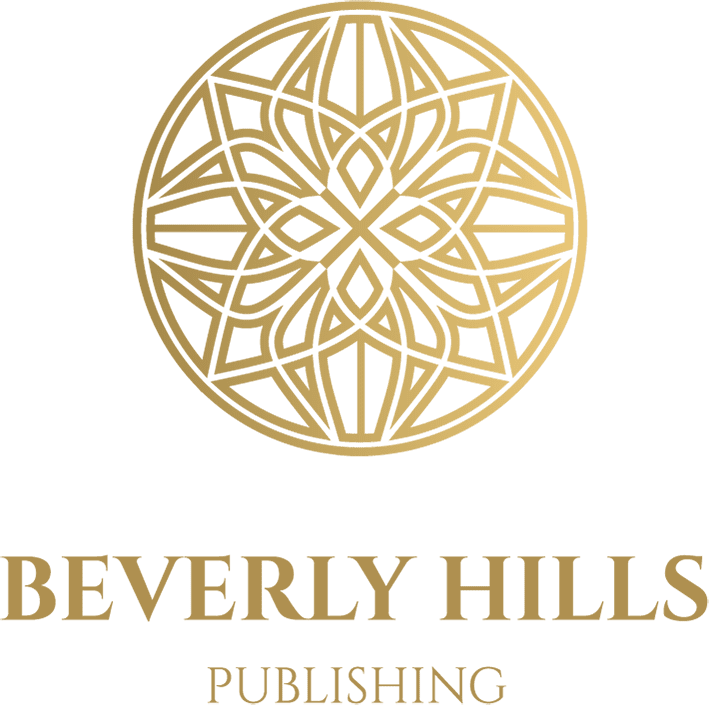At Beverly Hills Publishing, we know that a well-crafted book marketing plan is essential for success in today’s competitive literary landscape.
Many authors struggle to create effective strategies that reach their target audience and drive book sales. That’s why we’ve put together this comprehensive guide on how to create a powerful book marketing plan.
We’ll walk you through each step, from understanding your readers to implementing proven tactics, and even provide a book marketing plan example to help you get started.
Who Is Your Ideal Reader
Pinpointing Your Reader Profile
Start by imagining your ideal reader. What interests them? What problems does your book solve for them? If you’re writing a thriller, your ideal reader might enjoy fast-paced narratives and complex plot twists. For a self-help book, your reader might struggle with specific personal or professional challenges.
Digging into Demographics
Once you have a general idea, it’s time to get specific. Use tools like Facebook Insights or Google Analytics to gather data on your existing audience. Look at age ranges, locations, and even income levels. Pew Research Center reports that 84% of American women read at least occasionally for pleasure, compared to 75% of men. This information can help you tailor your marketing approach.
Creating a Detailed Reader Persona
Now, bring your ideal reader to life. Give them a name, a job, and a backstory. For instance, “Sarah, 35, a marketing executive who reads on her commute to relax after stressful workdays.” This level of detail helps you craft messages that speak directly to your readers’ needs and desires.
Testing Your Assumptions
Don’t rely solely on guesswork. Reach out to your existing readers through surveys or social media polls. Ask what they love about your genre, what problems they’re trying to solve, or what made them pick up your last book. This direct feedback is invaluable for refining your marketing strategy.
Refining Your Understanding
The more accurately you can picture your ideal reader, the more effectively you can market your book. Take the time to get this right, and you’ll set a strong foundation for all your marketing efforts.
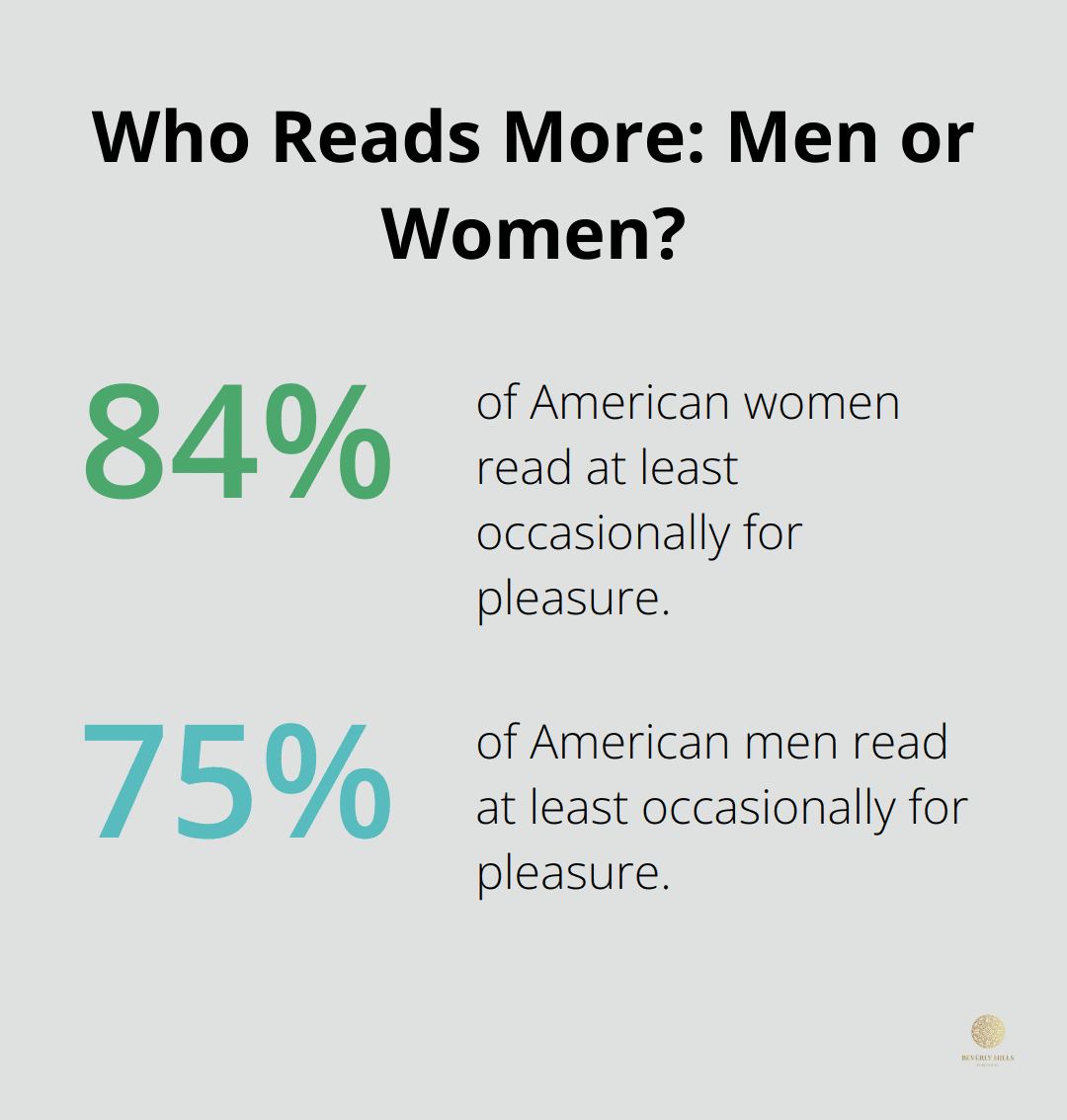
As you move forward in creating your book marketing plan, your next step will involve developing a marketing strategy that aligns with your newly defined target audience. This strategy will help you set clear goals and choose the most effective channels to reach your ideal readers.
Crafting Your Book Marketing Strategy
Set Specific and Measurable Goals
Your book marketing efforts need clear, achievable goals. Try specific targets instead of vague objectives. “Sell 1,000 copies in the first three months” or “Reach #1 in your Amazon category within the first week of launch” provide concrete benchmarks. These specific goals allow you to measure progress and adjust your strategy as needed.
Choose Your Marketing Channels Wisely
Not all marketing channels yield equal results, and what succeeds for one author may fail for another. Focus on platforms where your target audience spends their time. For young adult authors, Instagram and TikTok might prove more effective than Facebook. Business book authors should consider LinkedIn as their primary focus.
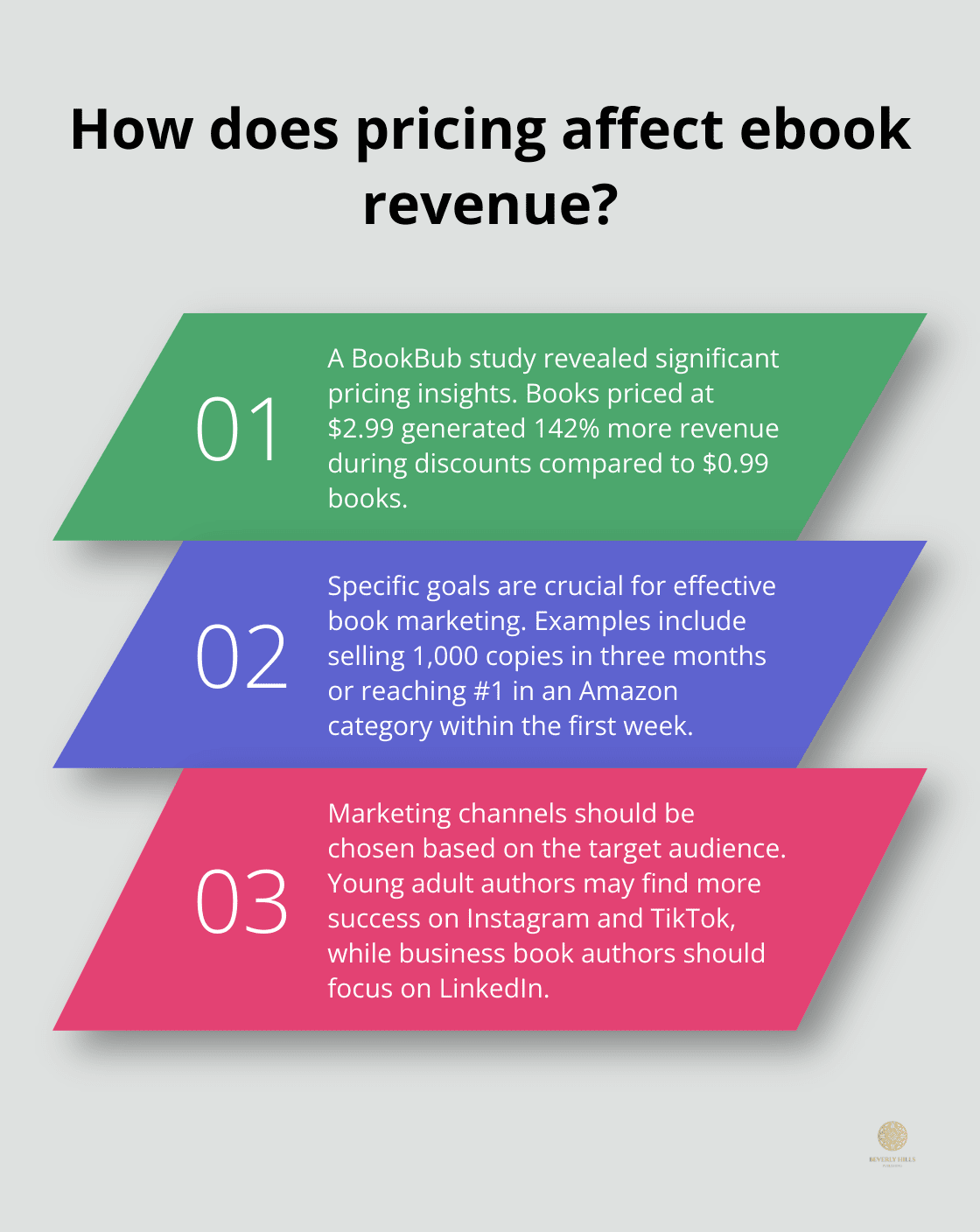
A BookBub study revealed that books featured at $2.99 yield 142% more revenue during their discounts than books priced at $0.99, even though the volume of unit sales is lower. This statistic underscores the importance of pricing strategy in book marketing.
Create a Realistic Timeline
Develop a timeline that outlines your marketing activities before, during, and after your book launch. Start to build buzz at least 3-6 months before your release date. Plan pre-launch activities (cover reveals, excerpt releases, and advance reader copies). After launch, maintain momentum with ongoing promotions, author events, and engagement with your reader community.
Your timeline should remain flexible. The publishing industry can be unpredictable, so you may need to adjust your plans. A well-structured timeline keeps you on track without becoming a rigid constraint.
Leverage Your Unique Strengths
Align your marketing strategies with your unique strengths and target audience. For example, a business coach might focus efforts on LinkedIn and podcast appearances. This approach could result in their book reaching the top of Amazon’s Business category within two weeks of launch.
Monitor and Adapt
Track the performance of your marketing efforts regularly. Use tools like Google Analytics or social media insights to measure engagement and sales. Be prepared to pivot your strategy if certain tactics don’t yield the expected results. Successful book marketing often involves trial and error, so don’t be afraid to experiment with new approaches.
With a solid strategy in place, you’re ready to implement effective marketing tactics. The next section will explore specific techniques to put your strategy into action and maximize your book’s visibility and sales potential.
Proven Tactics to Boost Your Book’s Visibility
Harness the Power of Social Media
Social media platforms offer excellent opportunities for book promotion. Focus on platforms where your target audience spends time. Instagram and TikTok work well for young adult fiction, while LinkedIn suits business books.
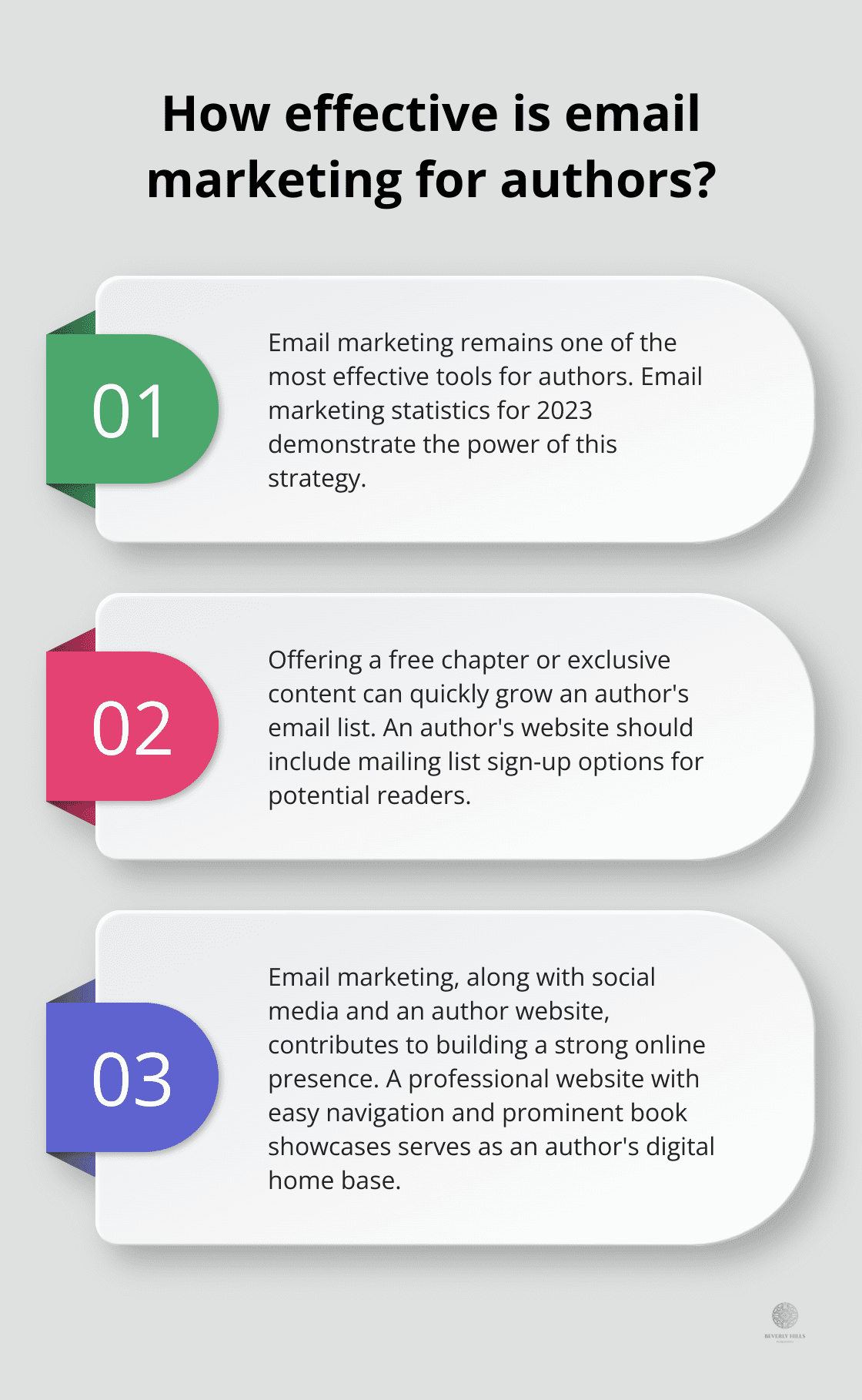
Create engaging content that extends beyond book promotion. Share glimpses of your writing process, host Q&A sessions, or create book-related challenges. Consider promotional posts to announce book launches, sales, or giveaways. You can also share behind-the-scenes content, offering insights into your writing process or your life as an author.
Build a Strong Online Presence
Your author website serves as your digital home base. Ensure it looks professional, offers easy navigation, and showcases your books prominently. Include an about page, a blog, and contact information or mailing list sign-up options.
Email marketing remains one of the most effective tools for authors. Take a look at email marketing statistics for 2023 to demonstrate just how powerful email can be. Offer a free chapter or exclusive content in exchange for email sign-ups to grow your list quickly.
Leverage Reviews and Endorsements
Reviews play a critical role in book sales. Amazon’s algorithm favors books with more reviews, increasing their visibility. Reach out to book bloggers, offer advanced reader copies, and encourage your readers to leave honest reviews.
Endorsements from well-known authors or experts in your field add credibility to your work. Don’t hesitate to ask for blurbs or testimonials. Even a short quote can attract potential readers significantly.
Create Buzz with Events
Book events (virtual or in-person) excel at creating buzz and connecting with readers. Host a launch party, do readings at local bookstores, or participate in literary festivals. Virtual events can reach a global audience.
Consider partnering with other authors for joint events. This approach can help you tap into each other’s audiences and create more engaging content for attendees.
Explore Paid Advertising
While organic reach holds value, paid advertising can give your book a significant boost. Amazon ads prove particularly effective for books.
Facebook and Instagram ads can also serve as powerful tools when used correctly. Start with a small budget and test different ad formats and targeting options to find what works best for your book and audience.
Marketing requires an ongoing process. Monitor your results continuously, adapt your tactics, and try new approaches. With persistence and creativity, you can increase your book’s visibility and sales significantly.
Final Thoughts
Creating an effective book marketing plan requires careful planning, creativity, and persistence. We explored key steps in this process, from understanding your target audience to implementing proven marketing tactics. A book marketing plan example tailored to your specific needs and goals will serve as a roadmap, guiding your efforts and helping you stay focused on your objectives.
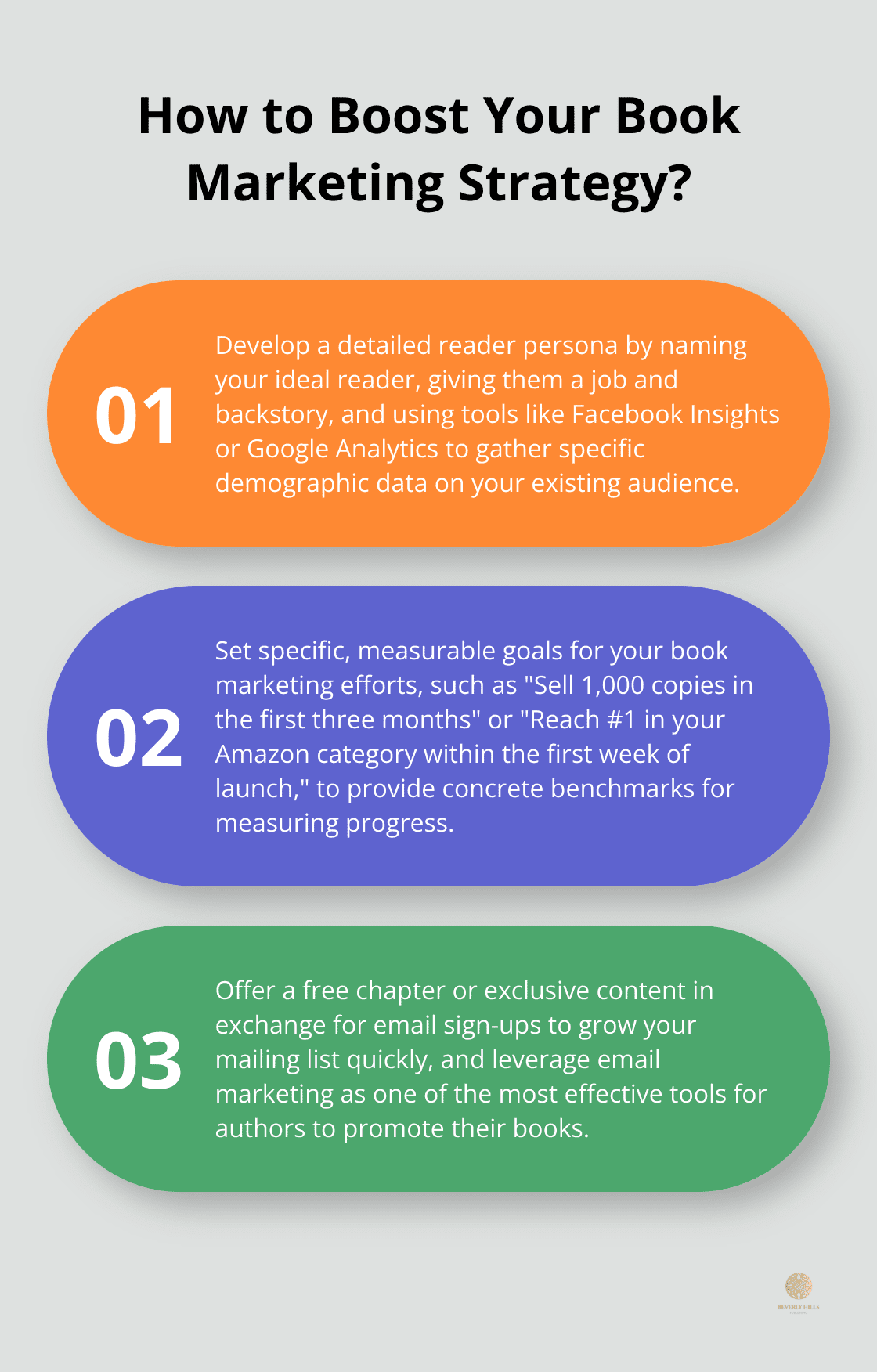
Flexibility proves essential in book marketing. The publishing landscape evolves rapidly, and what works today might not be as effective tomorrow. Stay open to new ideas and adapt your strategies based on the results you see. Don’t hesitate to experiment with different approaches or pivot when necessary.
At Beverly Hills Publishing, we understand the challenges authors face in marketing their books. Our approach combines publishing with strategic branding and marketing to help authors establish themselves as leading authorities in their industries. If you seek support in elevating your visibility and building a strong brand identity, explore how we can help you succeed.















































































































































































































































